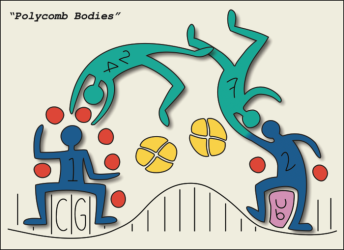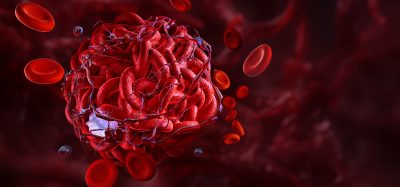Stem cell discovery has potential to impact cancer treatments
Posted: 14 April 2023 | Izzy Wood (Drug Target Review) | No comments yet
A team from Trinity College Dublin have uncovered mechanisms that stem cells use to establish cellular identity, a process that will have potential in cancer and targeted treatments.


A team of scientists led by those in Trinity College Dublin, Ireland, has discovered new mechanisms involved in establishing cellular identity in stem cells, a process that ensures the billions of different cells in our bodies do the correct job.
This finding in stem cells, was result so surprising that the team initially believed it to be an error in the lab, because it has potential translational impacts in cancer biology and associated targeted treatments.
Their work focused on the mechanisms of Polycomb protein complexes, PRC1 and PRC2. PhD student at Trinity’s School of Genetics and Microbiology, Ellen Tuck, describes these proteins as “strict librarians” inside cells. “PRC1 and PRC2 block access to certain areas of the genetic library, such that a neuron cell will not have access to muscle genes, and it does not get confused in its cellular identity.”
A puzzle regarding PRC2 has intrigued Professor Adrian Bracken and his team for years: two forms (PRC2.1 and PRC2.2) exist in the cell but the Bracken lab previously showed that the two forms of PRC2 target the same regions of DNA and do the same job. So why do we need two versions?
Most recently, the lab has taken an exciting step towards answering this conundrum, as the team found that PRC2.1 and PRC2.2 recruit different forms of the PRC1 complex to DNA, thereby finally explaining why two versions are needed.
“We initially thought there must have been a technical issue with the experiment, but multiple replications confirmed that we had in fact stumbled upon a fascinating new process that reshapes our understanding of the hierarchical workflow of Polycomb complexes. We were dancing around the lab,” described Dr Eleanor Glancy, PhD graduate of the Bracken lab.


“Polycomb bodies”: Illustration of the results of Glancy, Wang et al. (2023) Molecular Cell. Blue PRC2.1 and PRC2.2 protein complexes target DNA in different ways, through CG-rich sequences or ubiquitin-modified histones, respectively. They catalyze different levels of the red H3K27me3 repressive mark. They recruit different versions of the green PRC1 complexes, characterized by the presence of the CBX2/4 or CBX7 proteins. PRC1 complexes promote contacts between yellow nucleosomes to mediate gene repression. (CREDIT:Ellen Tuck, Trinity College Dublin)
This research by Trinity scientists represents a massive contribution to the field of chromatin and epigenetics research and has further impact in cancer biology research as the genes encoding Polycomb proteins are frequently mutated in cancers.
Bracken concluded: “My team currently studies the effects of these mutations in childhood brain cancers and adult lymphomas, seeking to understand what biological mechanisms go awry and how we can target these complexes with more effective treatments. A firm and comprehensive understanding of the workings of these complexes is critical to figuring out new ways to target them in cancer settings. Therefore, this work will advance our approach to many cancers.”
Related topics
Disease Research, DNA, Oncology, Protein, Protein Expression, Targets
Related conditions
Cancer
Related organisations
Trinity College Dublin
Related people
Eleanor Glancy, Ellen Tuck, Professor Adrian Bracken








